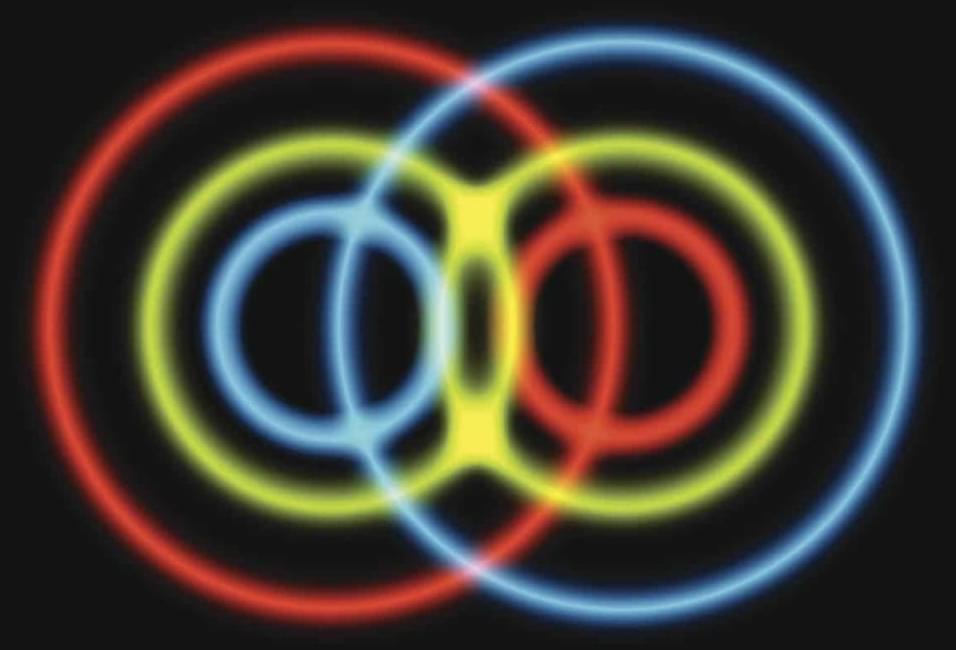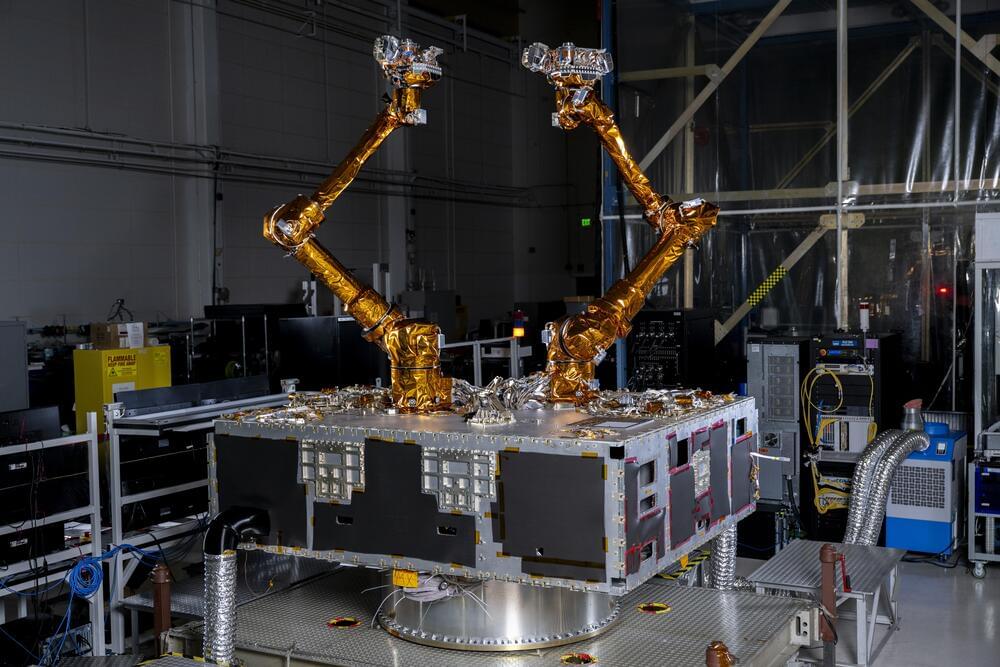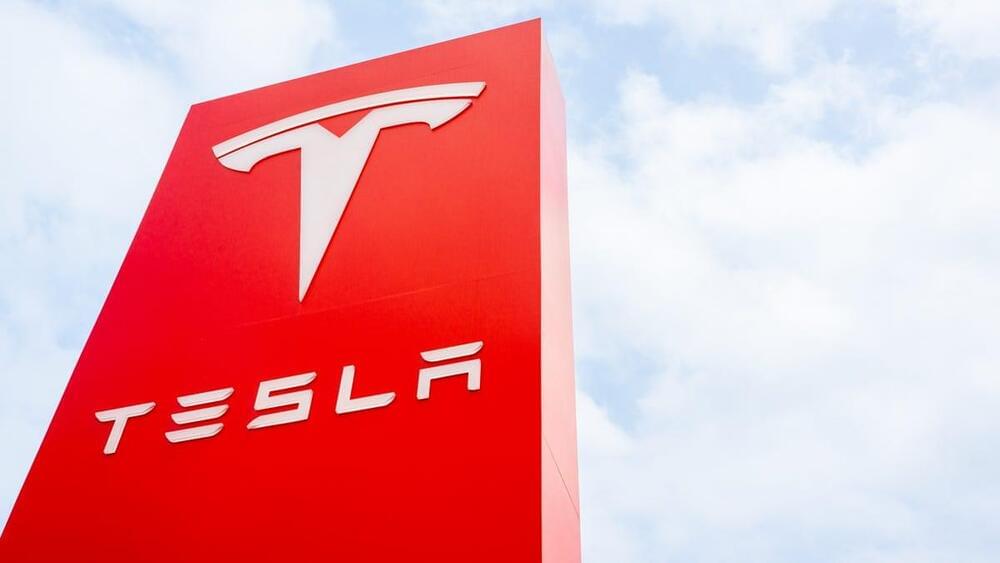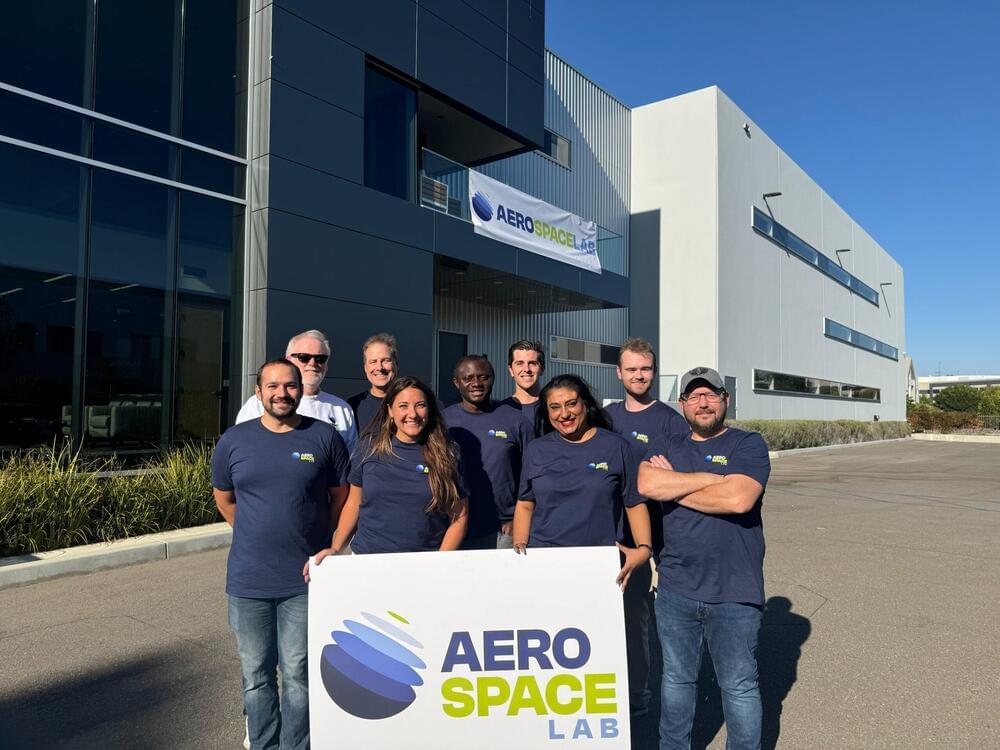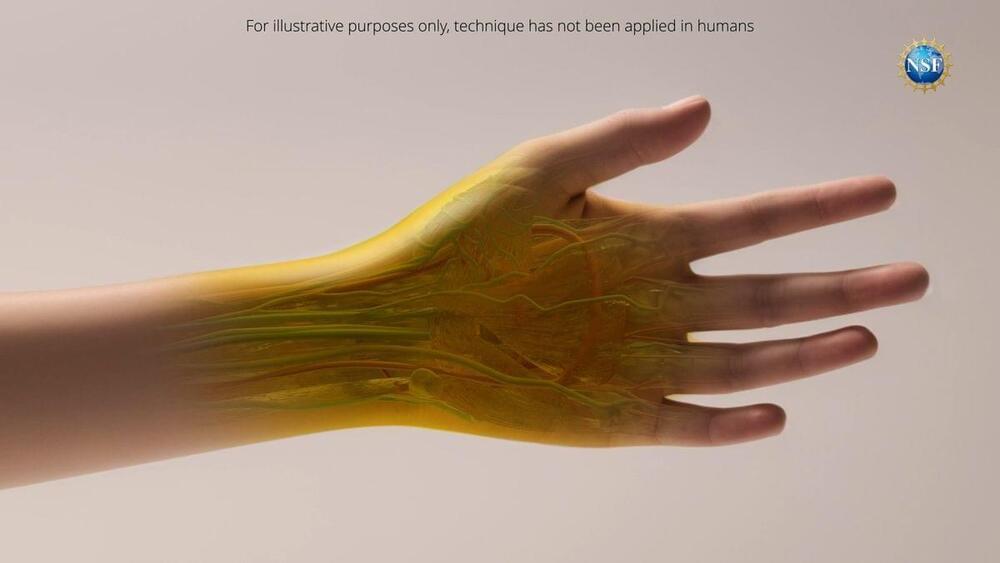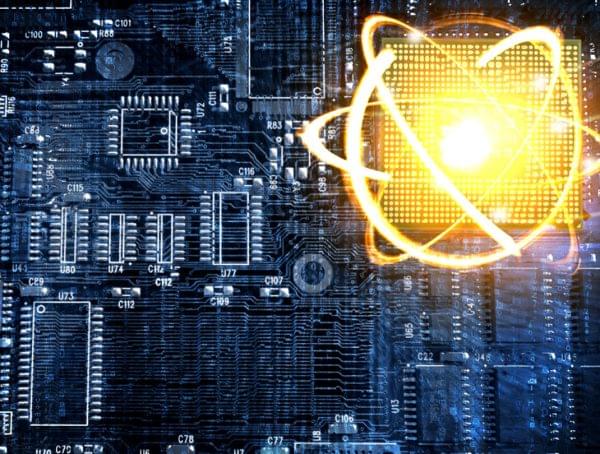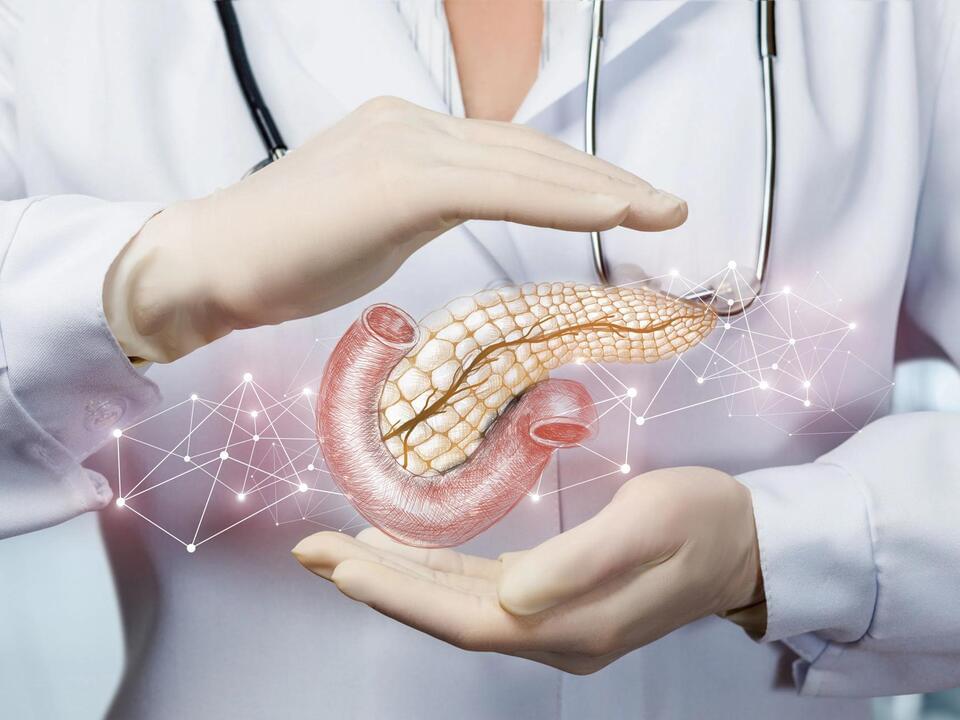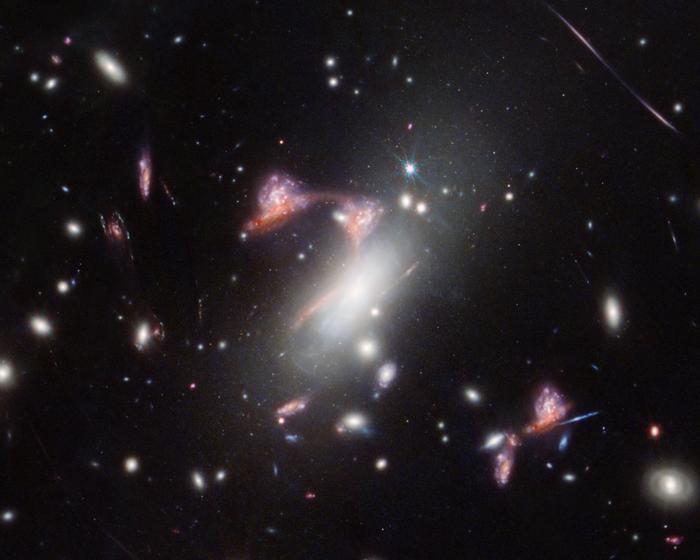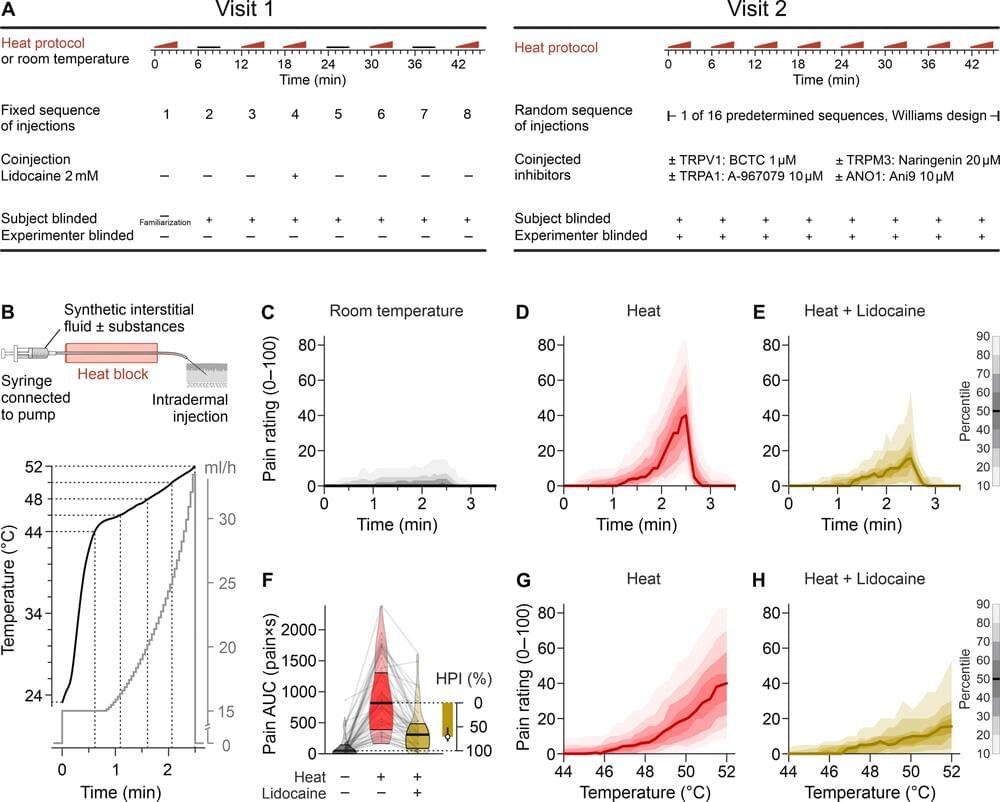Page 3
Sep 5, 2024
DARPA Robotic Satellite Servicing
Posted by Genevieve Klien in categories: climatology, robotics/AI, satellites
NASA and the Defense Advanced Research Projects Agency (DARPA) have signed an interagency agreement to collaborate on a satellite servicing demonstration in geosynchronous Earth orbit, where hundreds of satellites provide communications, meteorological, national security, and other vital functions.
Under this agreement, NASA will provide subject matter expertise to DARPA’s Robotic Servicing of Geosynchronous Satellites (RSGS) program to help complete the technology development, integration, testing, and demonstration. The RSGS servicing spacecraft will advance in-orbit satellite inspection, repair, and upgrade capabilities.
Sep 5, 2024
Tesla’s AI roadmap gives a glimpse into the company’s future
Posted by Genevieve Klien in categories: robotics/AI, transportation
It reaffirms Tesla’s goal to launch the company’s self-driving technology in two new markets early next year.
Sep 5, 2024
Aerospacelab opens doors to first US satellite manufacturing facility
Posted by Genevieve Klien in categories: government, satellites
TAMPA, Fla. — European small satellite maker Aerospacelab announced the opening of its first manufacturing facility in the United States Sept. 5 amid efforts to break into the lucrative U.S. government market.
The company sees the potential for contracts that would enable the 3,300 square-meter facility in Torrance, California, to reach a capacity to produce an average of two satellites a week in a single shift.
“With Space Force recently announcing its plans for not only a commercialization strategy, but [also the Space Development Agency] signaling their desire to diversify their supply base, we see potential not only for U.S. commercial customers,” said Tina Ghataore, group chief strategy and revenue officer at Aerospacelab and its CEO for North America.
Sep 5, 2024
Scientists just made mice ‘see-through’ using food dye — and humans are next
Posted by Genevieve Klien in categories: biotech/medical, food
A common food dye can turn the skin of living mice transparent, enabling researchers to peer inside the body without surgery.
This is the first time scientists have used the technique to visualize the tissues of living mice under the microscope. They used a food-safe dye, which can likely be found in snacks in your pantry, and several fundamental physics principles to render the mice see-through.
Sep 5, 2024
CEVA & CERN: Where Edge AI and Particle Physics Intersect
Posted by Tom Kerwick in categories: internet, particle physics, robotics/AI
About 63% of the world population access the internet [Source: Statista] and a majority of them experience the internet through webpages. As such, the general population refers to the internet and the web pages interchangeably. Of course, those in the technology arena do know the difference but may or may not remember when and where the world wide web (WWW) was invented. Without its invention, the internet experience of today will not be the same.
100% of all living creatures experience something automatically and that is their “mass”, interchangeably and inaccurately referred to as “weight” by the general population. Of course, those who remember their physics know the difference. While material mass is taken for granted in general physics, there is a field of physics that tries to explain what gives materials their mass. The existence of the mass-giving field was confirmed when the Higgs boson particle was discovered.
The organization that is behind both the WWW invention and the Higgs boson discovery and many other remarkable inventions is CERN. The World Wide Web was invented in 1989 by Tim Berners-Lee while working at CERN. The existence of the mass-giving field was confirmed in 2012, when the Higgs boson particle was discovered at CERN.
Sep 5, 2024
Will an experimental mRNA vaccine help fight the mpox outbreak?
Posted by Quinn Sena in category: biotech/medical
After an mRNA vaccine for mpox achieved promising results in monkeys, researchers say it could have several advantages over existing vaccines – but cold storage requirements mean it will be hard to roll out in some hard-hit countries.
By Carissa Wong
Sep 5, 2024
Metastasis-Directed Therapy Shows Benefits in Some Pancreatic Cancer
Posted by Paul Battista in category: biotech/medical
Patients with oligometastatic pancreatic cancer showed better progression-free survival after receiving metastasis-directed therapy with chemotherapy. Adding metastasis-directed therapy to chemotherapy showed some benefit in patients with…
Sep 5, 2024
Galaxy Interactions and Cosmic Illusions: Webb’s Stunning New Images
Posted by Laurence Tognetti, Labroots Inc. in category: cosmology
“Both galaxies in the Question Mark Pair show active star formation in several compact regions, likely a result of gas from the two galaxies colliding,” said Dr. Vicente Estrada-Carpenter.
How did stars form 7 billion years ago, or approximately halfway between the Big Bang and now? This is what a recent study published in the Monthly Notices of the Royal Astronomical Society hopes to address as an international team of researchers used NASA’s James Webb Space Telescope (JWST) to observe two distant galaxies using the gravitational lensing method, which is a “magnifying glass” that forms around large celestial objects that warp the fabric of space-time. This study holds the potential to help astronomers better understand the conditions in the early universe and the techniques used to study those conditions.
While the gravitational lensing method enables observations of distant objects, those objects also tend to appear distorted due to the space-time warping. In this case, the distant galaxies being observed appear together as a question mark in the JWST images, though astronomers were still able to learn quite a bit about this galaxy. These findings included new insights into star formation, with several stars in the red galaxy exhibiting various stages of formation, including bursty stars, quenching stars, and stars in equilibrium.
Continue reading “Galaxy Interactions and Cosmic Illusions: Webb’s Stunning New Images” »
Sep 5, 2024
Team identifies cell structure responsible for heat perception in humans
Posted by Shubham Ghosh Roy in category: futurism
A study by the Medical University of Vienna has made important progress in understanding heat perception in humans. The research team was able to identify a specific cell structure that plays a role in recognizing heat. However, most of the protective recognition of heat in everyday life depends on other, as yet unknown structures.
